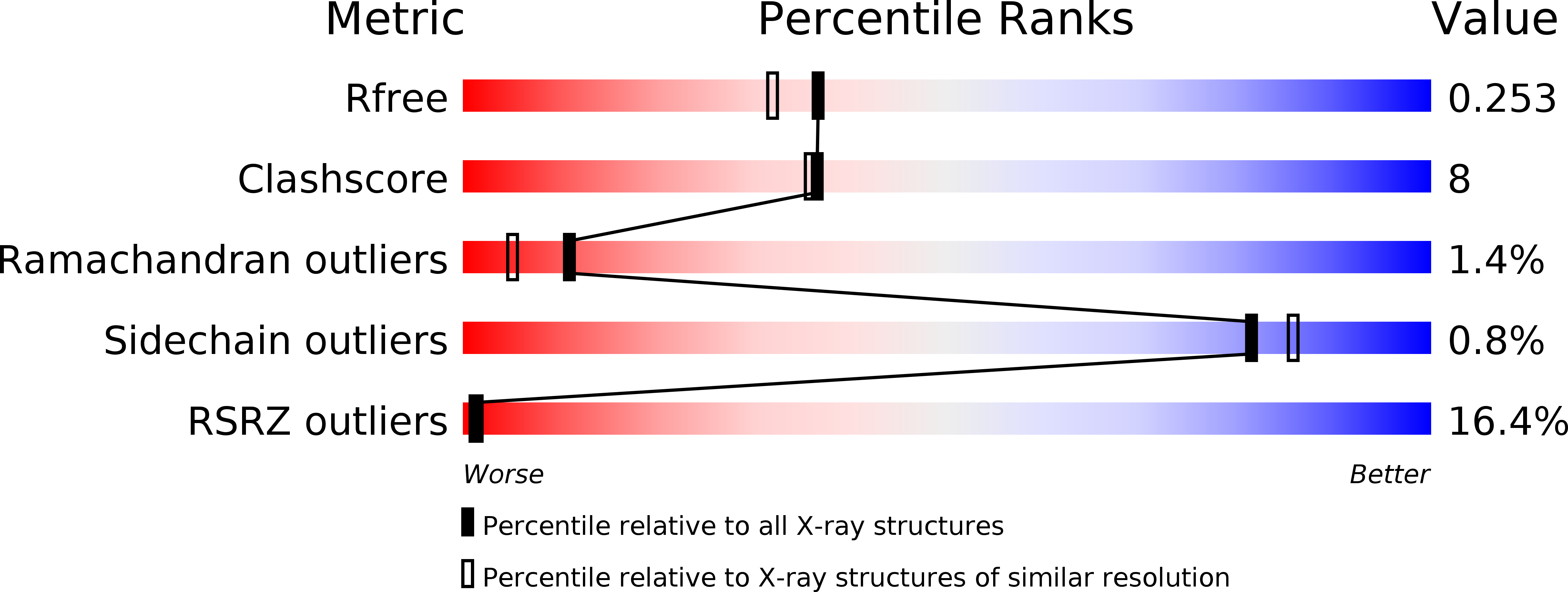
Deposition Date
2009-07-13
Release Date
2009-11-10
Last Version Date
2024-02-21
Method Details:
Experimental Method:
Resolution:
2.00 Å
R-Value Free:
0.24
R-Value Work:
0.19
R-Value Observed:
0.19
Space Group:
P 21 21 2


